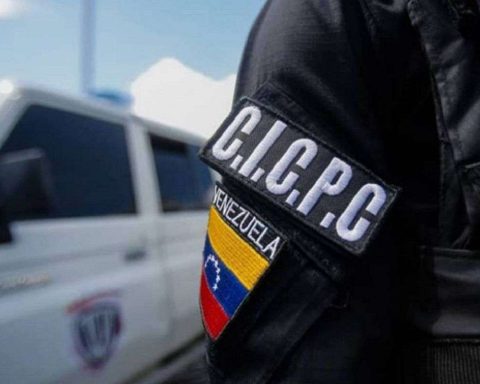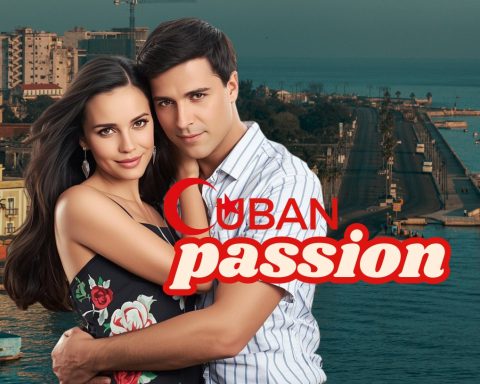Pacific Insurance just launched the Country Resilience Index with the purpose of raising awareness about the population’s capacity to face risks. César Rivera, CEO of the company, provides the details.
Credicorp launched the Ideas Bank to promote research in its subsidiaries that helps solve the various problems facing the country. What is the contribution of Pacífico Seguros?
With the creation of the Ideas Bank, at Pacífico Seguros we set out to impact the area in which we operate. At the same time, for some time now we have been committed to generating greater awareness on prevention issues. For this reason, we have taken the initiative to begin measuring the population’s levels of prevention in the face of unexpected events, for which we have created the Country Resilience Index.
Let’s describe what this index consists of?
Understanding that resilience is the ability to adapt, overcome and emerge stronger in the face of adverse events, crises or other unexpected situations, the Country Resilience Index measures these skills through three dimensions. The first is the awareness that exists about the risk. Secondly, we evaluate the number of prevention or mitigation measures that people carry out in response to the risks they consider exist or those to which they are exposed. Thirdly, we measure whether there are recovery mechanisms if the risks materialize.
What were the main findings?
There are several, but one is very key. When we ask people about their risk preparedness, 37% consider themselves prepared for a disaster, but when we measure the elements of mitigation and recovery, we find that only 6% are resilient. So, there is a big gap between what the population believes they are prepared for and what they really are.
LOOK: Interbank guarantees its clients security in their deposits
What is the main reason that only a very small part of the population is effectively prepared for a disaster?
Part of the reasons given by the population for why they do not take measures against this risk is because they consider that the probability of occurrence is low, which has to do with awareness of the risk. Furthermore, the higher the educational, socioeconomic, and formal level, obviously favor awareness, mitigation, and recovery mechanisms. Another important finding is that two out of every three Peruvians do not have financial support to face an unforeseen event. Half of the population could only survive for a month if they lost their main source of income due to an unexpected event. Furthermore, 47% of Peruvians could not cover their expenses for more than a month, without requesting loans or family help. It is important to be aware of this situation.
What are the risks?
There are studies that indicate that a family or an individual who is exposed to a catastrophic risk and does not have the support or recovery mechanisms, can return to the poverty levels of the previous generation. Clearly, with the pandemic we have seen that this has happened to a large part of the population.
What are the alternative solutions?
What we have sought with the index is to mark a starting point so that from this we can begin to generate initiatives that allow us to close these gaps from a citizen and social perspective. We are talking about education and information initiatives to help raise awareness of the risks, and then promote prevention and recovery measures, such as having savings, insurance, support associations, etc. We have the ambition that Peru, by 2030, will be the best protected country in Latin America.
Take advantage of the NEW EXPERIENCE, receive our enriched digital newspaper by mail and WhatsApp. Peru21 ePaper.
Now available in Yape! Find us at YAPE Promos.
RECOMMENDED VIDEO

















